It doesn’t take much training to take a good photograph. But the key to storytelling doesn’t just lie in documenting what happened. What came first? What’s within the frame? How can you tell the story of what happened in a more compelling, jaw-dropping type of way? Learning to work with composition techniques for wedding photography will quickly make you stand out among the rest.
Here’s my top 5 favorite composition techniques for wedding photography.
1. Layering
When trying to tell a single story within an image, think outside of the subject box. You can create images with depth by layering items in the image – foreground, subject, background. What angle can you use to add more to the story? Who (or what) can you place in the background to bring the story out? An easy way to start practicing this is to put both a speech-giver and the subject/couple within the same frame. This starts to help you build understanding for how to create images like this in other areas of the day.
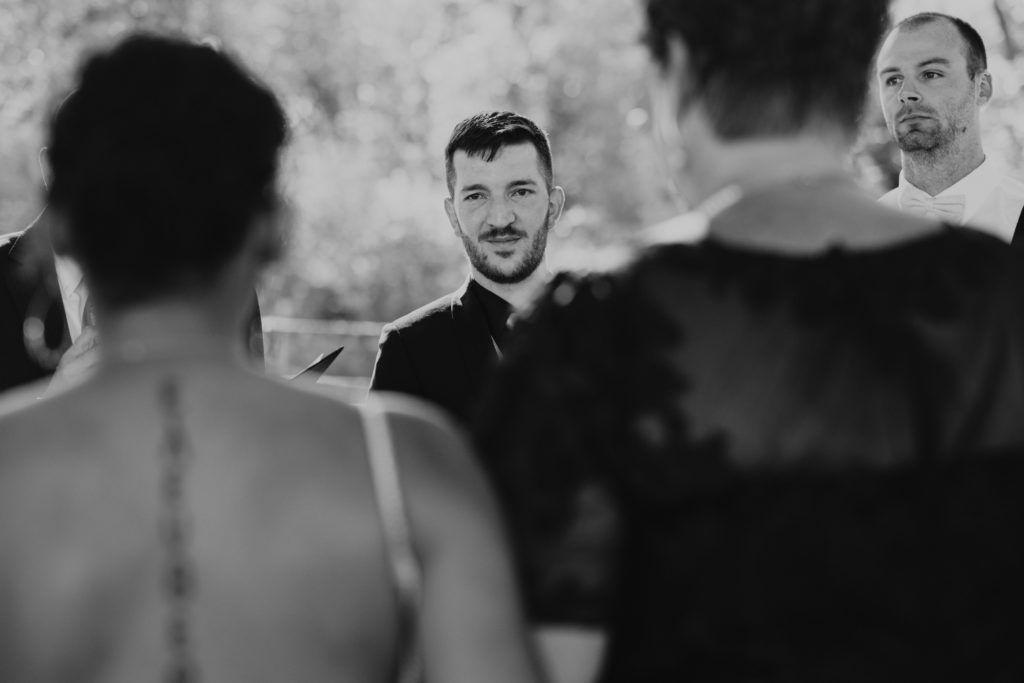
2. Show motion
When you first start your career, you follow the rules of crisp, crystal clear images. But the more you start to tap into it, the more you start to understand that this is a rule easily broken.
There’s two ways to approach blur – motion blur, and subject blur. Motion blur would be tracking the subject, and showing a blurry environment around them. Subject blur, the opposite – a stagnant environment, with a blurry subject within it. These are both easy ways to add storytelling to your images.
This may be easier to practice during parts of the day where you have more freedom. You can practice blur during sunset portraits or on the dancefloor. You can also work as an assistant to another photographer and ask if they’re comfortable with you playing with blur. Once you start to grab a handle on what settings you like, you can start to explore this with other areas of a wedding day.
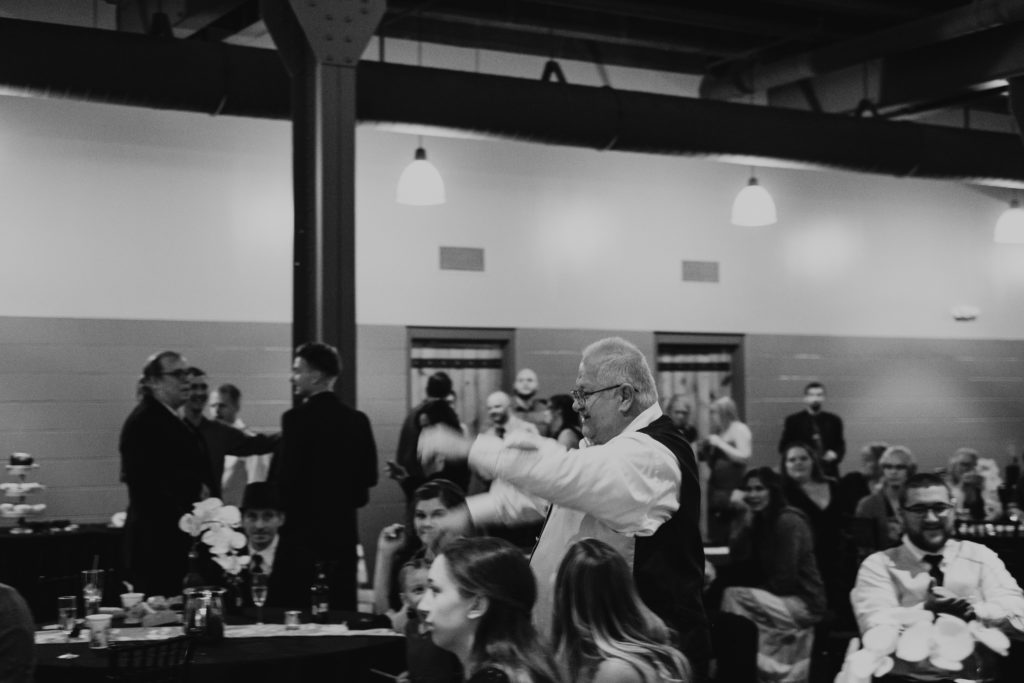
3. Wide apertures for incredible detail
Stopping down is beautiful for portraits where the background maybe doesn’t hold information/faces, but you can use those information/faces to create incredible candid images that show more details of the event. One of my favorite images to create at a wedding is a perspective/angle with a wide aperture, showing as many guests/faces as I can in one image. There’s a lot of value in playing with aperture, not only in going shallow, but in going really wide too.
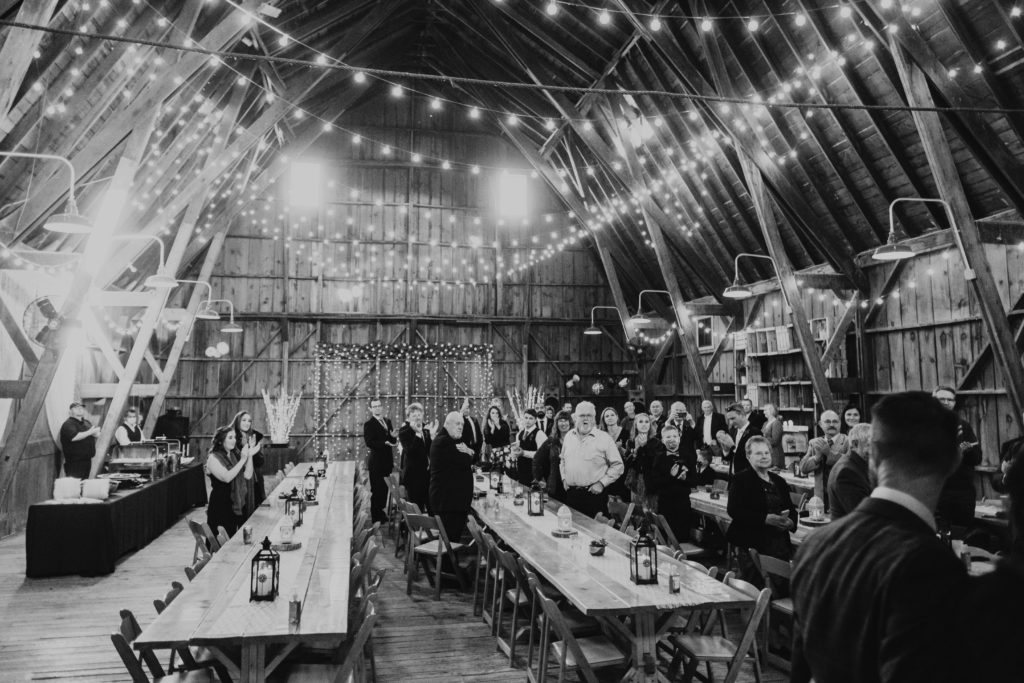
4. What happened first, what happened next
When looking at a full gallery of images, creating context of how you got to that moment create flow within the images. Show the leadup to the image, and the dismount as well, and your galleries will feel like walking through the event in real life. As documentary photographers, we do our best to show images that are true-to-experience – but within a gallery, reordering images can often tell the story better. Remember that flow is a big part of what makes galleries look and feel professional and polished.
5. Wide-Medium-Tight-Medium
In creating movies and films, you can tell stories by honing in on details, as well as by showing the entire scene. You can create this same effect in your galleries by remembering the sequence wide-medium-tight-medium. This is the sequence of focal lengths you use to tell the story.
A single 35mm lens on one camera all day just doesn’t tell the story properly. It doesn’t. But giving yourself flexibility of multiple lenses and/or multiple cameras you are starting to craft the story with details and intention. I make a point to use every single one of my five lenses throughout wedding days, to create variety and detail within my wedding galleries.
If this isn’t possible for you and your 35mm is literally glued to your camera, move your feet a lot to get that variation from wide to medium to tight. Use angles to do this work too. You can still find variety if you truly only have one lens to work with.
You can also vary this in whatever way best works for you. I’ve also heard the variation wide-medium-tight-tight-tight. So play around with whatever sequencing helps you to find more stories within the event.
Are there any of these composition techniques for wedding photography that you love using the most? Are there any that are new to you? Start the conversation in the comments below!
Loved this blog post? There’s more where it came from. Check out our entire For Photographers blog series, as well as The Intention Academy – education and resources for photography businesses.
M
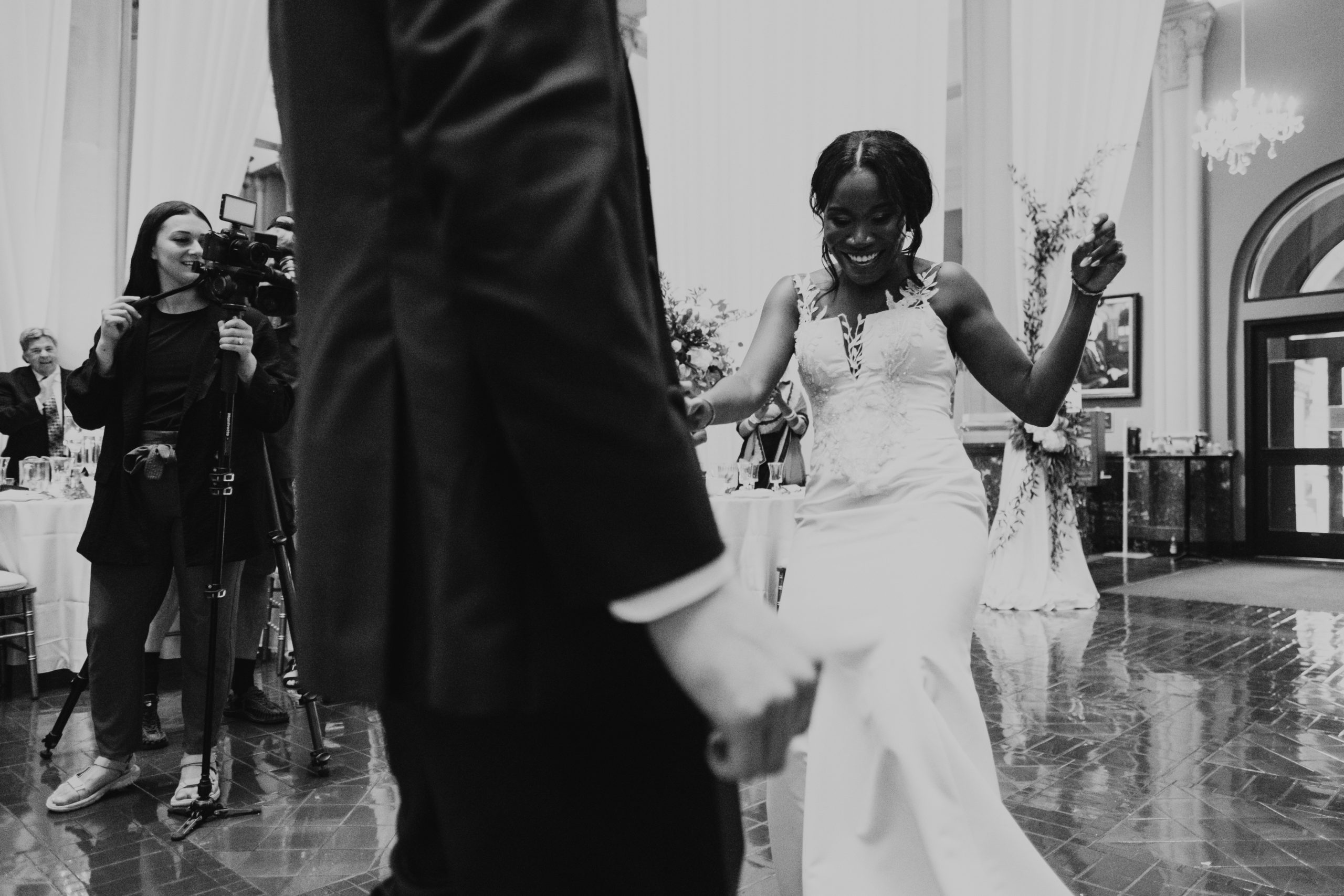
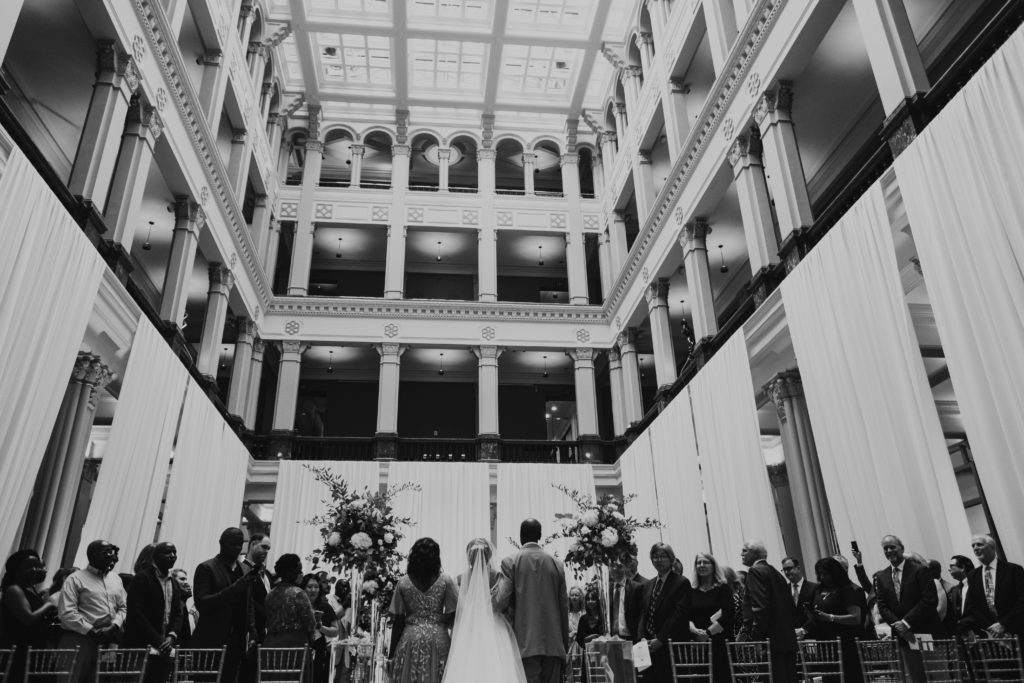
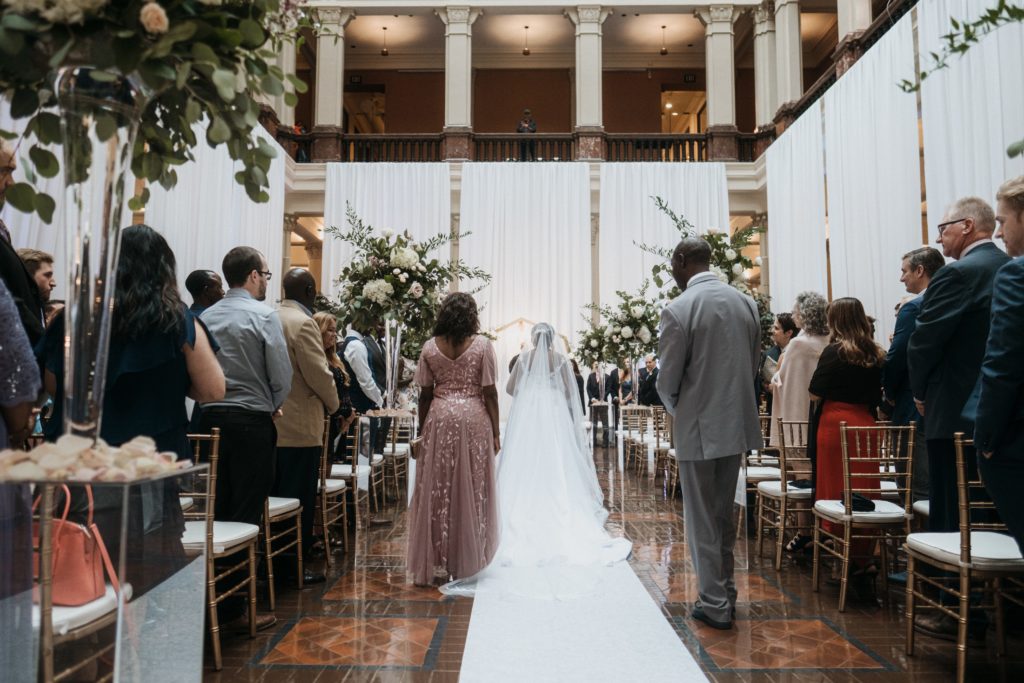
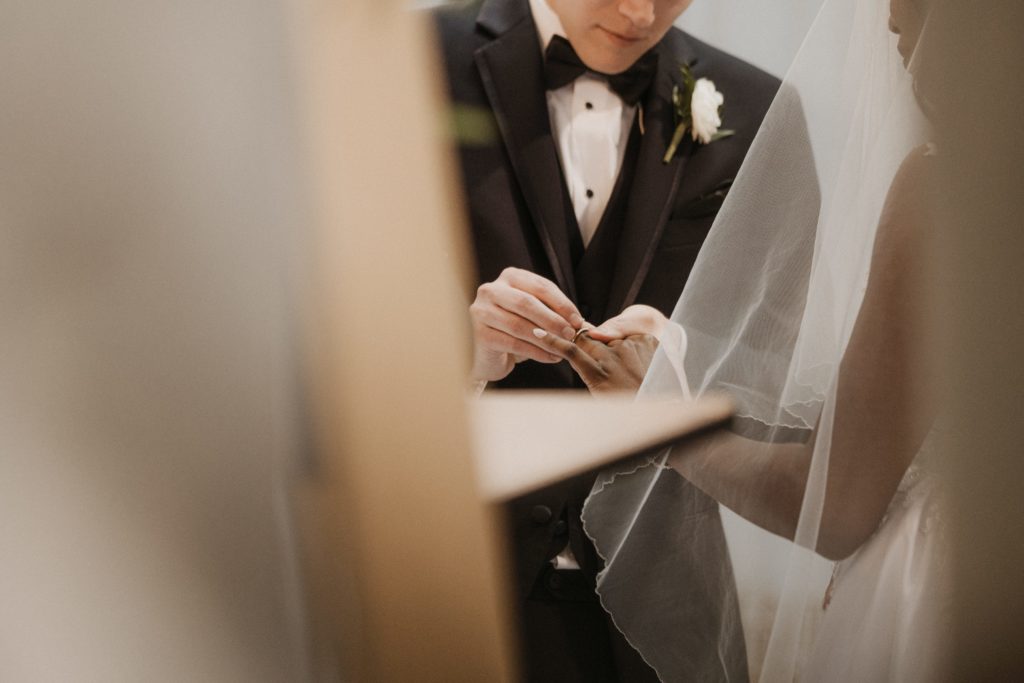
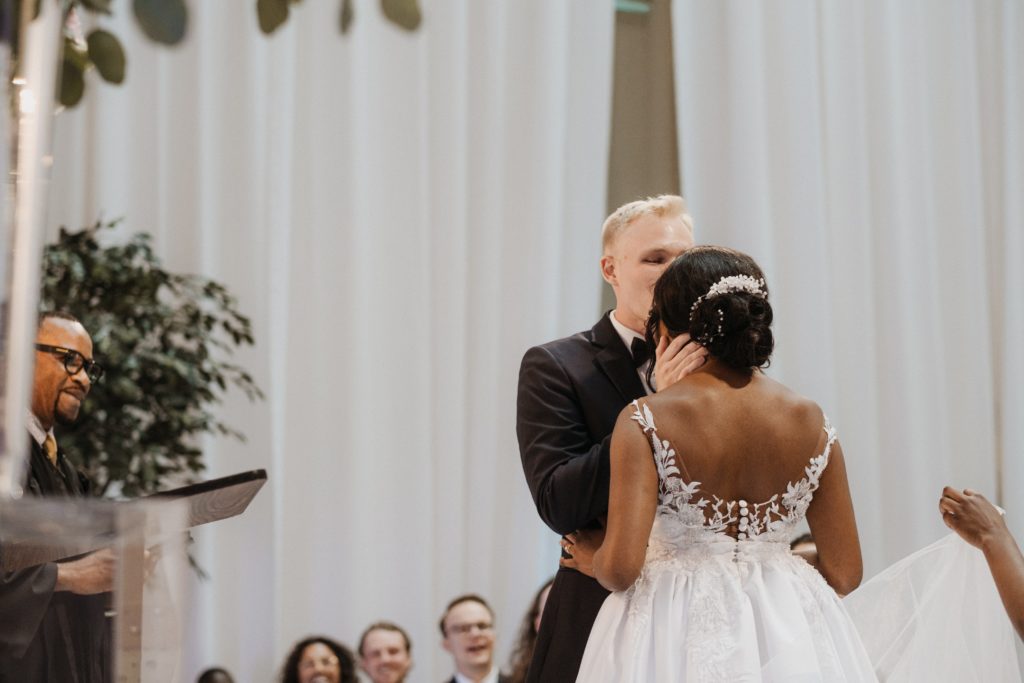
you said: